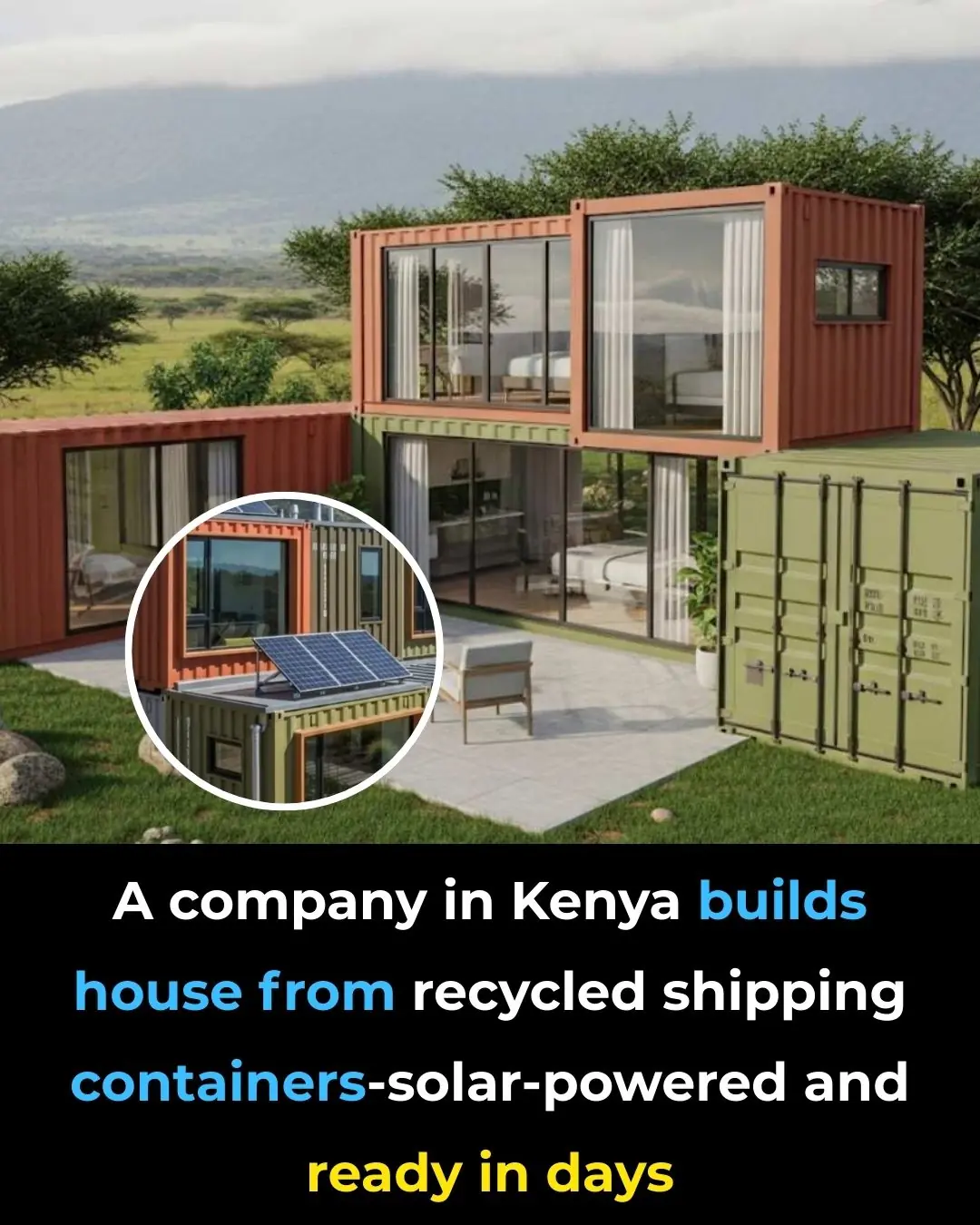
California’s Canals Are Being Covered With Solar Panels To Save Water And Generate Power

California’s Solar-Covered Canals: A Bold Experiment in Energy and Water Innovation
California has long been recognized as a laboratory for bold environmental experiments. From pioneering renewable energy mandates to reimagining how to manage water in a drought-prone state, California has been forced to innovate simply to survive. Now, one of its most pressing dual challenges—conserving scarce water while also expanding clean energy—is being addressed through a surprising partnership of infrastructure and technology.
The concept is at once simple and visionary: stretch solar panels across the state’s vast network of irrigation canals. By doing so, California hopes to simultaneously reduce water loss, generate renewable power, and preserve farmland. The pilot project, known as Project Nexus, is currently unfolding in the Central Valley’s Turlock Irrigation District, where engineers and researchers are testing whether canals can be transformed into corridors of energy and conservation.
A Statewide First: Project Nexus Takes Shape
In Merced County, rows of solar panels now span about 1,400 feet of canal in the Turlock district. The panels are angled southward and westward so researchers can study which orientation captures the most sunlight and generates the most power. Unlike traditional solar farms that require large tracts of land—often encroaching on farmland or open landscapes—this approach uses space that already exists, layering modern technology atop vital water infrastructure.
The project is the result of an unusual coalition: the Turlock Irrigation District, Solar AquaGrid, UC Merced, and the California Department of Water Resources. It builds on the work of UC Merced scientist Brandi McKuin, who in 2021 published research showing that shading canals with solar panels not only produces renewable electricity but also directly improves water management. According to her findings, the shade slows evaporation, limits aquatic weed growth by reducing sunlight, and even improves water quality—while lowering the costly maintenance required to clear canals.
Scaling the Idea: From Pilot to Potential
At the Turlock site, early estimates suggest the installation could produce about 1.3 gigawatt hours of electricity per year, enough to power several hundred homes. While modest, the real test lies in scalability. California has more than 4,000 miles of canals—if fully covered, studies suggest they could generate enough electricity to power over 2 million homes annually while saving vast amounts of water lost to evaporation.
For local utilities like Turlock, the project is both an experiment and a proving ground. “This is truly a pilot project for us to figure out if this is something that we should be looking at in other sites,” explained Josh Weimer, the district’s director of external affairs.
Water Conservation at the Core
Water loss is a critical issue in California, where open-air canals transport billions of gallons annually to farms and cities. In hot, dry years, up to 65 billion gallons of water can be lost to evaporation—water that never reaches its intended users. By shading canals with solar panels, Project Nexus offers a direct solution, keeping more of this precious resource available for crops, households, and ecosystems.
Another benefit comes from curbing aquatic weed growth, which thrives in sunny, nutrient-rich waters. Excess vegetation slows flows, disrupts delivery, and requires constant removal. With solar panels blocking sunlight, weed growth is significantly reduced, lowering maintenance costs and improving downstream water quality. These dual benefits—conserving water and reducing upkeep—highlight the efficiency of integrating energy and water systems.
Land Use and Agricultural Protection
Unlike solar farms that require converting farmland or open desert, canal-based solar installations sidestep land-use conflicts. California, the top agricultural state in the U.S., faces mounting pressure to balance renewable energy goals with food production. Solar-covered canals avoid forcing a choice between the two—keeping farmland in use while still adding clean energy capacity.
Energy and Grid Benefits
Beyond water conservation, the energy potential is considerable. Because canals often run close to energy-hungry agricultural and residential zones, locally generated power can feed directly into nearby grids. This reduces reliance on long-distance transmission lines, cutting energy losses and strengthening reliability—an especially urgent need as climate change drives extreme heat waves and record electricity demand.
The approach also promises long-term cost advantages. Since the canals and much of the service infrastructure already exist, adding solar panels could be cheaper than building entirely new solar farms, especially once pilot data helps refine construction and maintenance methods.
Challenges Ahead
Despite its promise, the concept faces hurdles. Not all canals are suited for overhead structures due to terrain, engineering limits, or lack of grid access. Maintenance also poses questions: panels must endure heat, dust, and moisture while allowing crews to clean and repair canals beneath them. Financially, expanding from a pilot to thousands of miles will require billions in investment, along with careful calculations of payback through electricity generated and water saved.
Equally complex are regulatory and jurisdictional issues. California’s canals are managed by multiple agencies, each with different priorities and budgets. Large-scale deployment will demand unprecedented cooperation among state, local, and private stakeholders.
A Model for Global Innovation
What makes Project Nexus remarkable is not just its technical potential but its conceptual shift: infrastructure designed for multiple purposes rather than a single function. For decades, water systems and energy systems were treated separately. This project shows they can be interwoven for greater resilience.
If successful, the model could be exported globally. Countries such as India, where canal systems span thousands of miles and water scarcity is acute, have already expressed interest. Arid regions in the Middle East, Africa, and even parts of the American Southwest could adapt the concept to their own needs.
More Than Megawatts and Gallons
Perhaps the greatest contribution of Project Nexus lies in the example it sets. California has pledged to reach 100% clean electricity by 2045, and doing so will require both large-scale renewable projects and smaller, innovative ones that rethink how infrastructure is used. Solar-covered canals demonstrate that solutions need not be linear—they can be layered, multifunctional, and deeply integrated into existing landscapes.
In the face of climate uncertainty, such creativity may be indispensable. As California’s experiment unfolds, it may inspire a new generation of projects that treat water, energy, land, and community not as separate silos, but as interconnected systems capable of reinforcing each other.
The message is clear: solving tomorrow’s challenges will require imagination as much as engineering. With Project Nexus, California is proving that even the most familiar landscapes—its canals—can be reimagined as pathways to a more sustainable future.
News in the same category


The hidden meaning of thumb rings: what they represent for women vs. men

The Small Hole on the Sink: A Feature You Never Knew You Needed

Concerned Woman: Beware of Abandoned Prams on Roadsides!

Your Character According to Your Sitting Style

Scientists Regenerate Eyes With Stem Cells Restoring Corneas And Full Vision In Patients

Emma Stone explains why not believing in aliens is ‘narcissistic’ as she declares belief in extra terrestrial beings

Damaging effects of new ‘phubbing’ trend that could be ruining your relationship

Japanese airport has never lost luggage in over 30 years – This is why

A Company in Kenya Builds Houses From Recycled Shipping Containers – Solar-Powered and Ready in Days

What Terrible Things Happen When Women Lack Intimacy? A Painful Yet True Reality

Why You Should Never Place Your Bed Like This

Sink Trick You Should Always Do Before Vacation

Elon Musk Issues Serious Warning on Japan’s Population Decline

What it says about your relationship when your partner sleeps with their back to you

Orlando Bloom explains ‘horrible’ side effects his weight-loss transformation caused

A:dult star reveals the clause written into her contract that helps keep her safe

Bear Attack Survivor’s Haunting Farewell Note to Wife After Gathering Pieces of His Own Flesh

Ring Finger Longer Than An Index Finger
News Post

Seniors: Take This for 5 Nights and See What Comes Out in Your Stool!

Clove benefits for Skin – Clove Oil, Clove Gel & Clove ice cubes

The Surprising Benefits of Overnight Tea: A Wasteful Habit You Might Not Know About

How to Clean Limescale Off Your Faucet in Just 25 Seconds with a Simple Trick

How to Clean Your Air Conditioner Easily in Just 15 Minutes — No Technician Needed, Even Women Can Do It Effortlessly

How to Keep Your Non-Stick Pan as Good as New for 3 Years: Simple Tips and Tricks

Using Electric Kettles to Boil Water: 9 Out of 10 Households Make This Mistake — Remind Your Loved Ones to Fix It Early

These 3 types of “acne” on the body could be cancerous; whether male or female, no matter the age, don’t ignore them.

Why Some People Can’t Handle Spicy Food

The hidden meaning of thumb rings: what they represent for women vs. men

The Small Hole on the Sink: A Feature You Never Knew You Needed

🌅 Three Morning Symptoms That Could Be Early Warning Signs of Cancer

Woman shares ’embarrassing’ symptoms she regrets hiding from doctors as she’s diagnosed with incurable cancer

Concerned Woman: Beware of Abandoned Prams on Roadsides!

Your Character According to Your Sitting Style

They say the eyes are the windows to the soul — but what about the mind’s eye?

Should You Eat Rice for Breakfast

Japan has a Lower Rate of Breast Cancer than the U.S. – This Nutrient Makes the Difference

How To Do a 3-Day Sugar Detox to ACCELERATE Fat Loss And Improve Your Mood!
